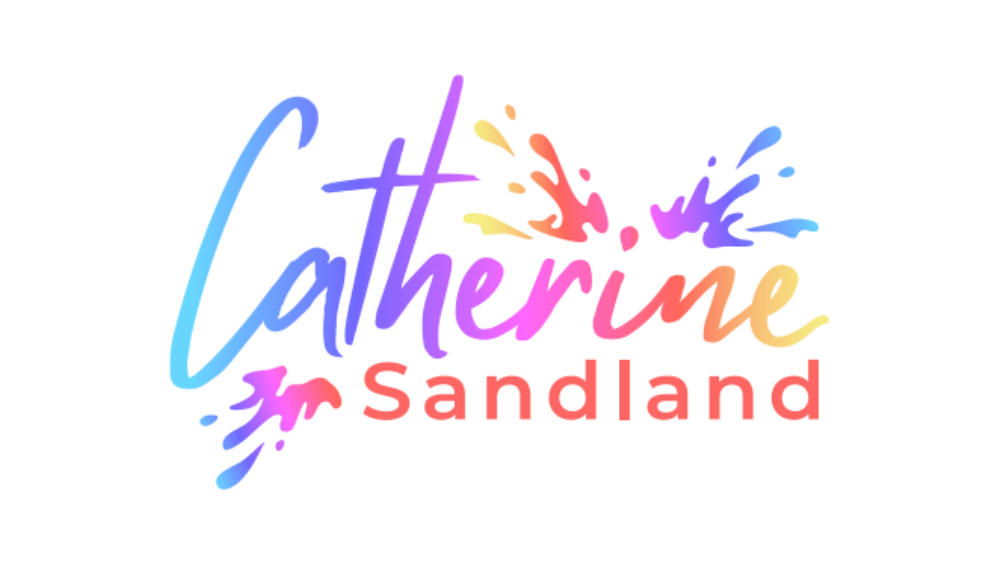How to deliver a presentation that sounds natural and has a flow
Banish the clunky and bring in the smooth
Flow is everything. A good presentation will have a sound structure and sequence. An excellent presentation will have flow. When we are listening to a presentation we need to be able to understand what the speaker is talking and we need to be able to understand the logic of what is being presented. We need the certainty to know where we’re going. A good structure will give us this.

When we hear an excellent speaker speaking though, what we are experiencing is flow. The content and the message aren’t forced or clunky in any way. It’s easy to listen to. By this, I don’t mean that the content can’t be challenging or different to what we are expecting or our beliefs. By easy I mean we don’t have to worry about the sequence and the structure we just have to listen to the meaning the energy and the message.in other words, there is a structure and a sequence but it is in the background, quietly working its magic without being overt.
So how do excellent speakers create flow in their presentation?
It is a journey
Before even putting a structure onto a presentation, an excellent presenter will think about the journey they’re taking their audience on.
- Where is the starting point (and by the way, this isn’t just where the speaker wants to start) it’s where the audience is in terms of their knowledge, experience, energy levels, expectations, and worldview.
- Where is the destination? Where does the speaker want to end up with their audience? I am mindful that the word ‘journey’ is often overused nowadays, but in this sense, the speaker is navigating a path from one destination to another. Is this semantics? Actually, no! Think of a presentation in terms of a journey and think of our speaker’s role in terms of a navigator and automatically there is a sense of flow.
- On any journey, there will be paths marked, interesting viewpoints to be shared, bumps in the road, and blind spots to be carefully navigated. And resting points to gather breath, and resources, to see how far we have travelled, and to understand how far there is left to go.
It’ a story
Another way of thinking about this is to consider your talk as a story. A beginning a middle and an ending. Heroes and Heroines. Challenges overcome. Mysteries revealed. Attention explored. Resolution reached. Thinking about your content in terms of a storyline with its ups and downs and various characters is a tried and tested way of introducing flow into talks, turning them from information downloads to engaging and memorable communication.
Think about the links
You have probably seen someone delivering using slides. As each slide moves on, they move on. Occasionally, you’ll hear them say things like, ‘ This slide shows..’ or ‘So moving to this slide’. The result of this is often a clunky, jerky move through a talk, led by the slides rather than by the content.
Instead, an excellent presenter will have words and phrases that transition the audience from one part of the talk to the next. I call these links. What are you going to say to link one piece to another? These links aren’t necessarily content, or even very sophisticated but they do create a sense of movement, intention and guidance through a talk. In other words – a flow.
Accompanying those words and phrases are the movements and voice that reinforce the flow. By the way, you can’t write these in. You have to practice them
If you want your talks to sound natural and the audience to follow you at the same rate at which you are speaking, then try these three techniques to create flow
- Design your talk as a journey
- Adopt storytelling techniques
- Craft in your links ( the verbal ones and the nonverbal ones)
If you would like to know more and how I help my clients deliver in a non-clunky way, then give me a call on 07946604859 or email on catherine@catherinesandland.com
